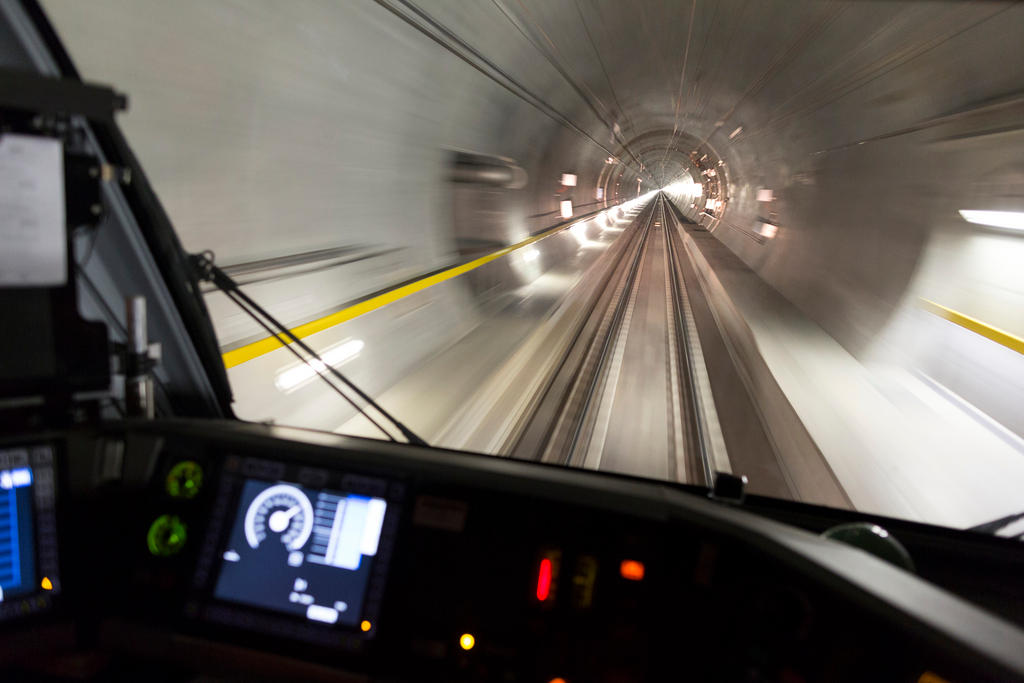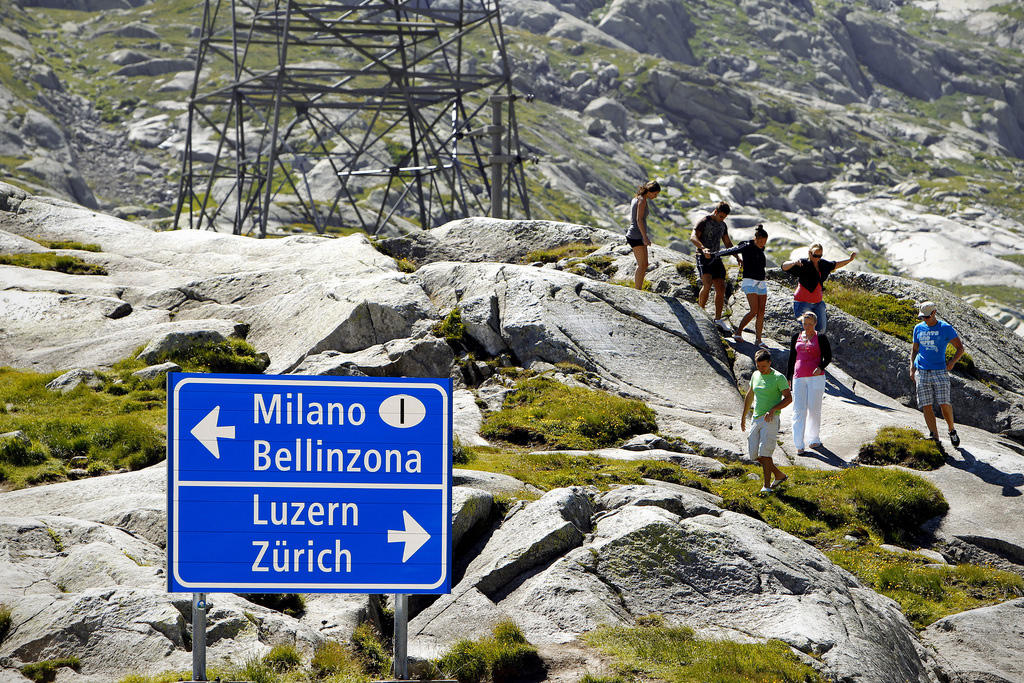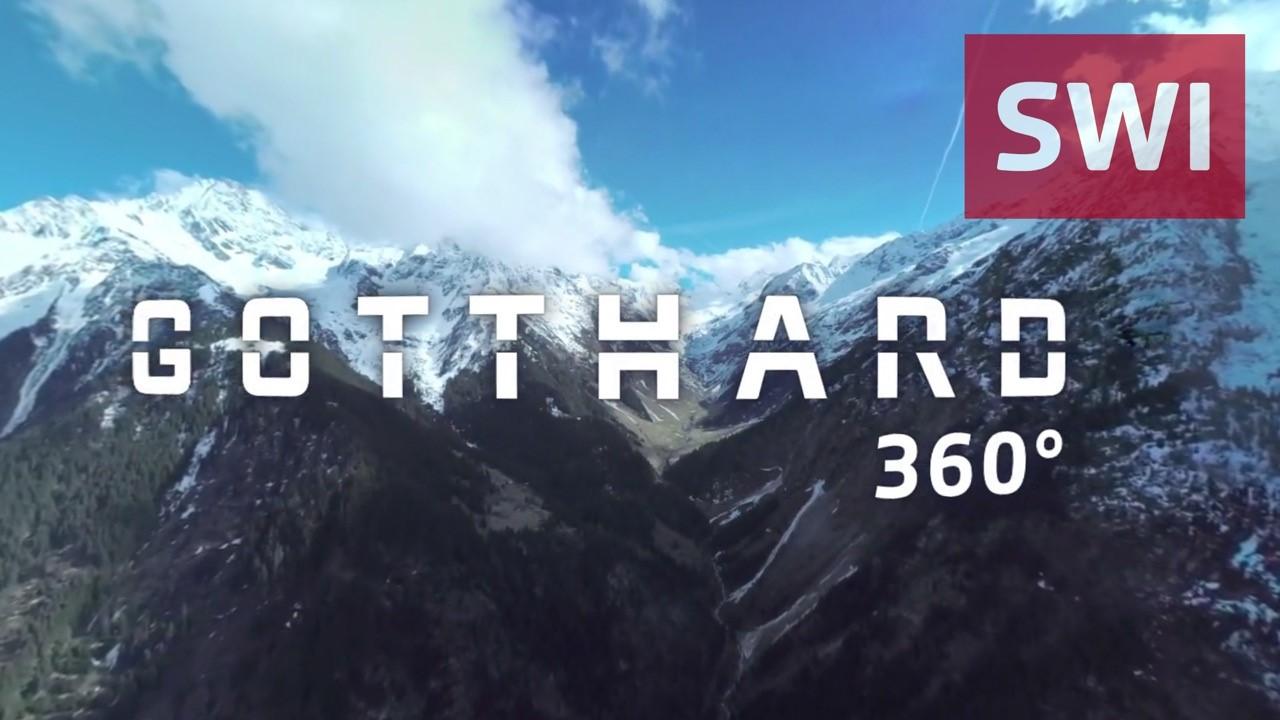Transport ministry refutes Gotthard wind resistance claims

The Federal Office of Transport has denied claims that greater wind resistance than expected will slow down trains in the Gotthard Base Tunnel and alter planned timetables.
“Test trips show that passenger trains travel at the planned speeds of 200km/hour (125mph) and that the planned times can be adhered to,” the transport office said in a statement after the NZZ am Sonntag newspaper reported wind resistance problems on September 4.
The newspaper had reported that a physical phenomenon apparently overlooked by engineers would restrict trains running through the longest rail tunnel in the world to a top speed of only 160-180km/h.
Air columns are the cause of the potential problem cited by the paper. Out in the open these air flows created by every moving body can easily escape sideways or upwards. In a tunnel there isn’t much room – especially in the 57km (35.5-mile) Gotthard, which for economic reasons was built almost 10% narrower than the Lötschberg Tunnel for example.

More
The Gotthard Base Tunnel in numbers
The air columns must therefore be moved along both one-way tunnels by the trains – which requires a lot of energy. “In this case the trains act like pistons in a bike pump,” an engineer told the NZZ am Sonntag.
The problem is exacerbated by slow goods trains which also use the tunnel but have a top speed of only 100km/h. These take 41 minutes to get through the tunnel compared with around 19 minutes for passenger trains.
However, the transport ministry said that “the air flow conditions in the Gotthard Base Tunnel correspond with the calculations” and that “the planned offering in the Gotthard tunnel is safe to carry out”.

In compliance with the JTI standards
More: SWI swissinfo.ch certified by the Journalism Trust Initiative













You can find an overview of ongoing debates with our journalists here . Please join us!
If you want to start a conversation about a topic raised in this article or want to report factual errors, email us at english@swissinfo.ch.